- Time:2024/09/06 Posted:Dongguan Quality Innovation And Technology Co.,Ltd
When it comes to manufacturing, machining is an indispensable part. Machining is the process of converting raw materials into the desired shape, size and surface quality, covering a variety of precision machining methods to meet the needs of different parts. The following will introduce 8 common machining processes in detail.
01. Turning

Turning is to fix the workpiece on a rotating workpiece holding device, and then use a tool to gradually cut the material on the workpiece to obtain the desired shape and size. This processing method is suitable for manufacturing cylindrical parts such as shafts and sleeves. The turning method and tool selection affect the shape and surface roughness of the final product.
Turning can be divided into different types, including external turning, internal turning, turning planes, turning threads, etc.
External turning is usually used to process shapes such as shafts, cylinders and cones; in internal turning, the tool enters the inner hole of the workpiece and processes the diameter and surface of the inner hole to the required size and accuracy; turning planes are usually used to make flat surfaces, such as the base or end face of a part; turning threads is to gradually cut out the thread shape by moving the cutting edge of the tool relative to the surface of the workpiece, including internal and external threads.
02. Milling
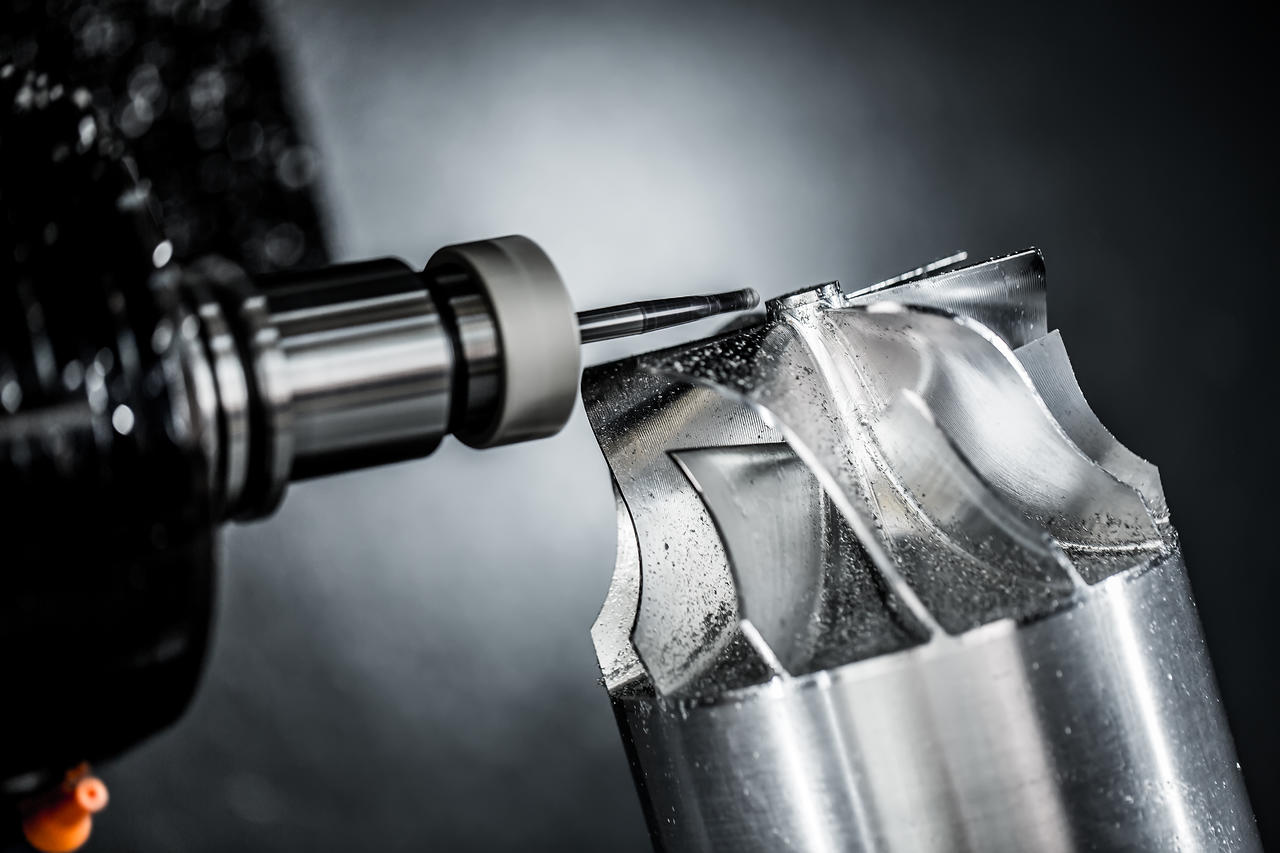
Milling is a process that cuts material on the surface of the workpiece by rotating the tool. By controlling the movement of the tool, parts with complex shapes such as planes, concave and convex surfaces, and gears can be manufactured. Milling includes plane milling, end milling, end milling, gear milling, contour milling, etc. Each method is suitable for different processing needs.
In plane milling, the cutting edge of the tool cuts on the surface of the workpiece to obtain a flat surface; vertical milling is often used to process grooves and holes along the height direction of the workpiece; end milling is cutting on the side of the workpiece, and is often used to process contours, grooves and edges, etc.; gear milling usually uses special tools with cutting edges to cut out the gear tooth shape; contour milling is used to process complex curves or contour shapes, and the tool path will be precisely controlled according to the contour.
03. Drilling
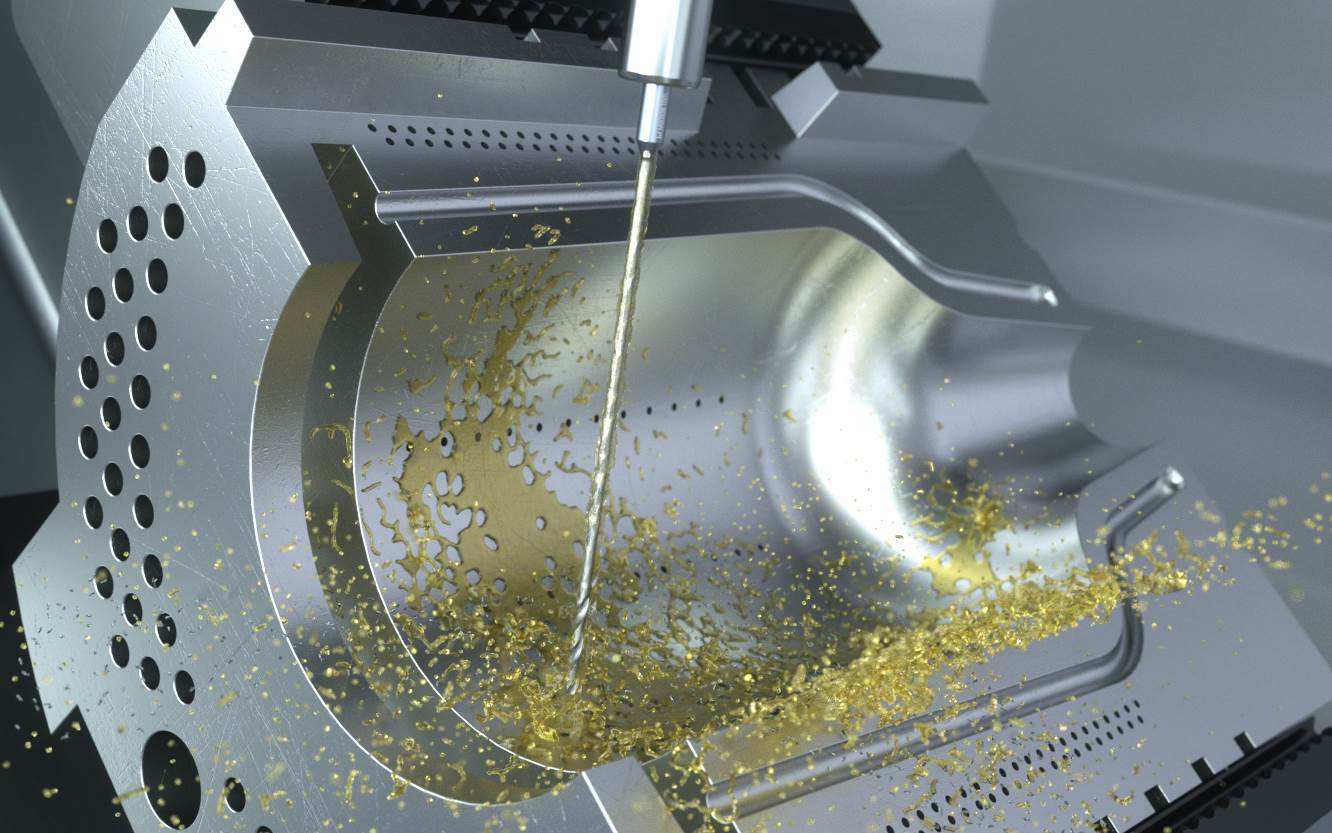
Drilling is to cut material on the workpiece through a rotating drill bit to form a hole of the required diameter and depth. It is widely used in manufacturing, construction and maintenance. Drilling is often divided into different types such as conventional drilling, center drilling, deep hole drilling, multi-axis drilling, etc.
Conventional drilling uses a drill with a spiral cutting edge, which is generally used for smaller holes and general drilling needs; center drilling is to create a small hole on the surface of the workpiece first, and then use a larger drill to drill to ensure the accurate position of the large hole; deep hole drilling is used to process deeper holes, which requires special drills and cooling technology to ensure the accuracy and quality of processing; multi-axis drilling uses multiple drills to drill at different angles at the same time, which is suitable for processing multiple holes at the same time.
04. Grinding
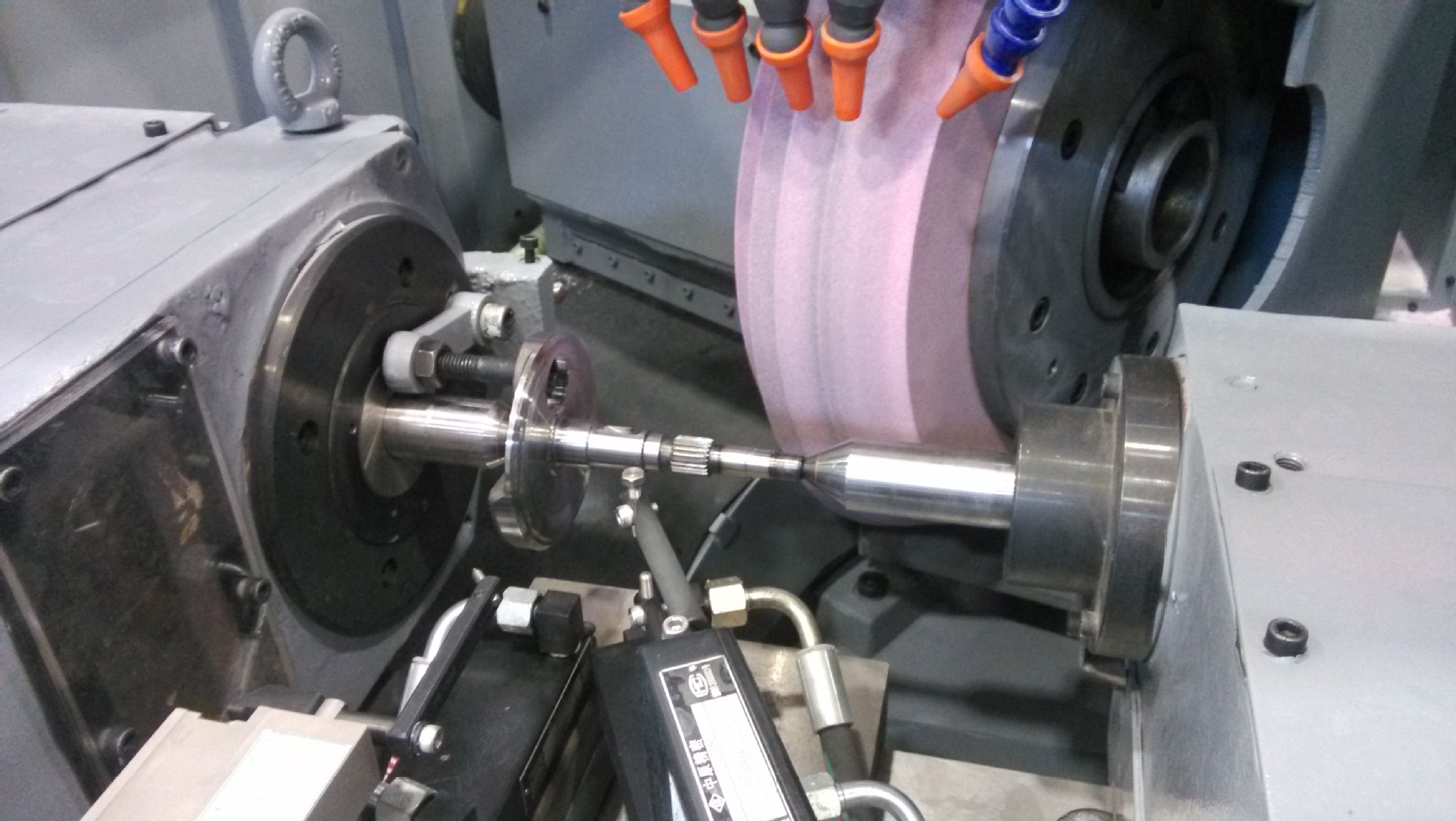
Grinding is to gradually cut or remove material on the surface of the workpiece by using a grinding tool to obtain the desired shape, size and surface quality. Grinding is usually used to process parts with high precision and high surface quality requirements, such as molds, precision mechanical parts, tools, etc.
Grinding is divided into surface grinding, external cylindrical grinding, internal cylindrical grinding, and contour grinding. Surface grinding is used to process flat workpiece surfaces to obtain flat surfaces and precise dimensions; external cylindrical grinding is used to process the external cylindrical surfaces of cylindrical workpieces, such as shafts, pins, etc.; internal cylindrical grinding is used to process the inner surfaces of holes, such as inner holes, shaft holes, etc.; profile grinding is used to process complex profile shapes, such as the cutting edges of molds and tools.
05. Boring
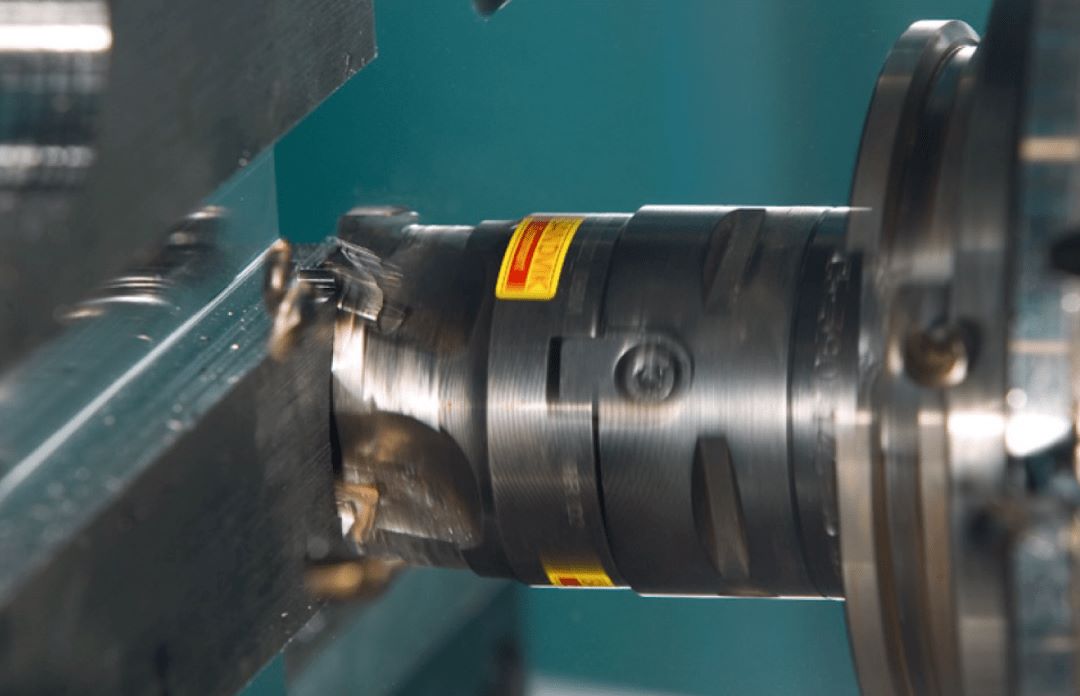
Boring is commonly used to process circular holes inside workpieces. A rotating tool is used to cut in the existing hole to achieve the goal of precise size and flatness. Unlike drilling, which forms holes by cutting material on the surface of the workpiece, boring cuts holes by inserting the tool into the workpiece.
Boring is divided into manual boring and CNC boring. Manual boring is suitable for small-batch production and simple processing tasks; CNC boring determines the cutting path, feed rate and rotation speed through programming to achieve automated high-precision processing.
06. Planing
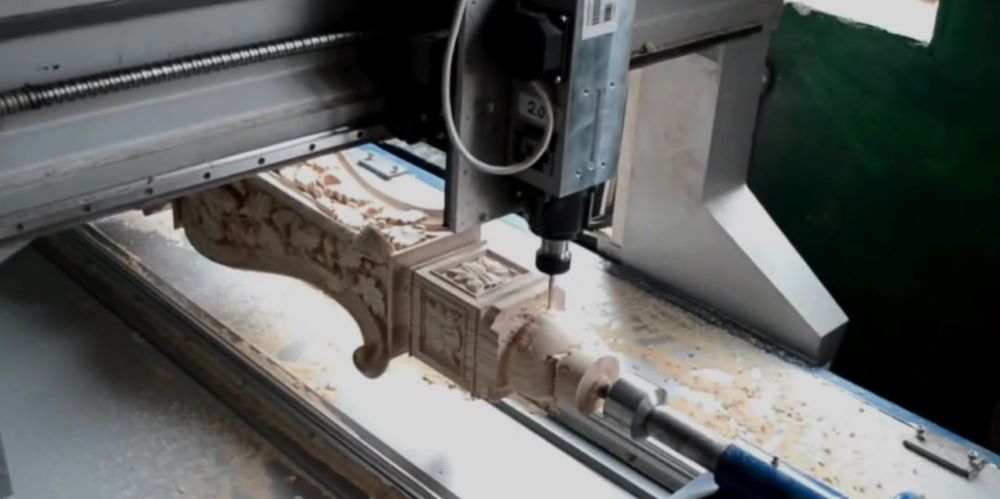
Planing is the process of cutting material on the surface of a workpiece using a planer to obtain the desired flat surface, precise size and surface quality. Planing is usually used to process the flat surface of larger workpieces, such as bases, bed bodies, etc. It can provide a flat surface for the workpiece, making it suitable for use with other workpieces.
Planing is usually divided into two stages: roughing and finishing. In the roughing stage, the planer has a large cutting depth to quickly remove material. In the finishing stage, the cutting depth is reduced to achieve higher surface quality and dimensional accuracy. Planing is divided into two types: manual planing and automatic planing. Manual planing is used for small-batch production and simple processing tasks; automatic planing uses automated machine tools to control the movement of the planer to achieve a more stable and efficient processing process.
07. Broaching
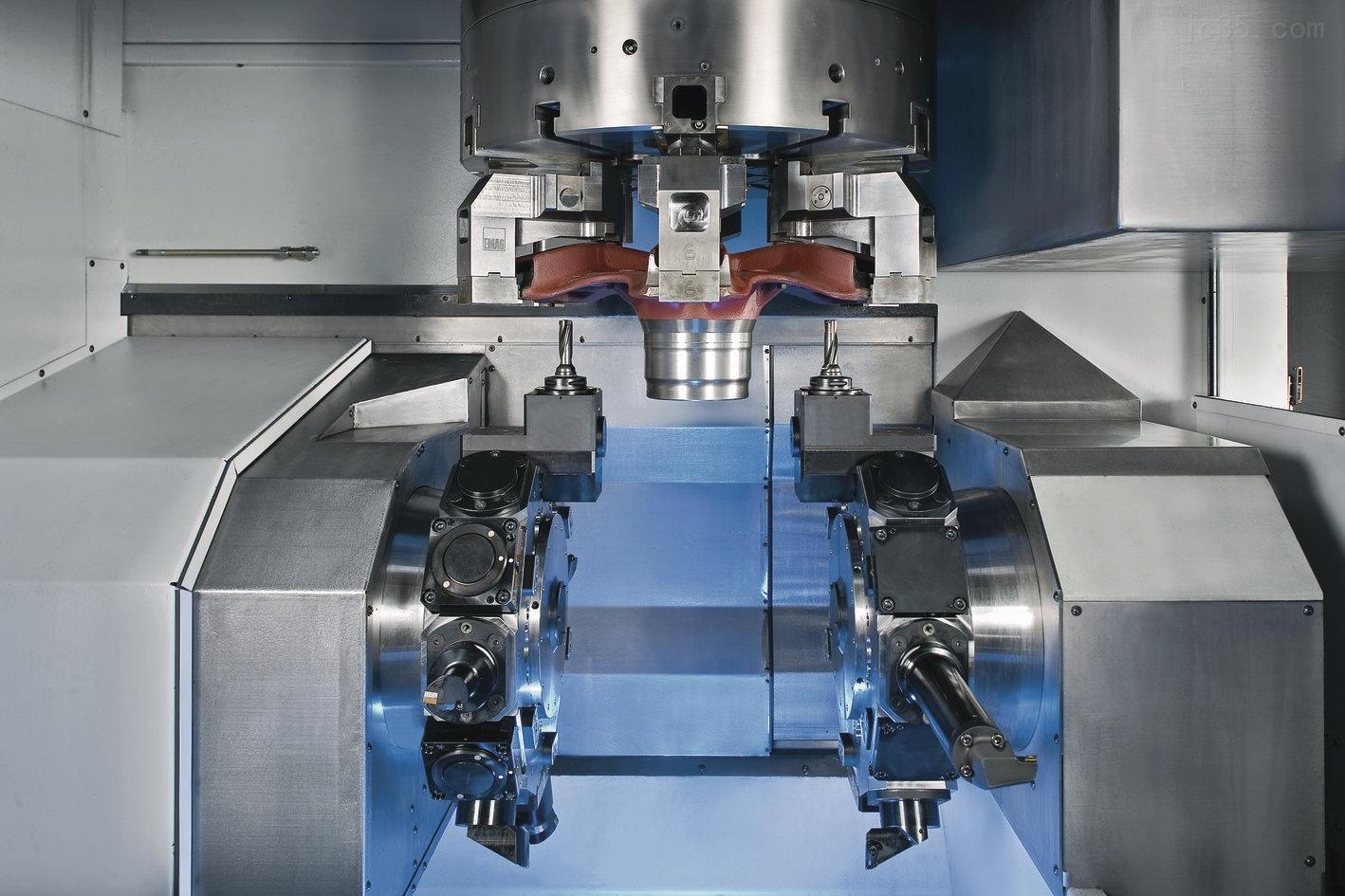
Broaching uses a bridging tool to gradually deepen the cut to create an internal complex contour. It is often used to process complex shapes such as contours, grooves, holes, etc. of workpieces. Broaching can usually achieve high processing accuracy and surface quality, and is suitable for parts that require high precision and good surface quality. Generally divided into plane slotting, contour slotting, groove slotting, hole slotting and other types.
Plane slotting is used to process flat workpiece surfaces to obtain flat surfaces and precise dimensions; contour slotting is used to process complex contour shapes, such as molds, parts, etc.; groove slotting is used to process grooves and grooves, the cutting edge enters the workpiece and cuts along the workpiece surface; hole slotting is used to process the inner contour of the hole, the cutting edge enters the hole and cuts the inner surface of the hole.
08. Electrospark machining (EDM)
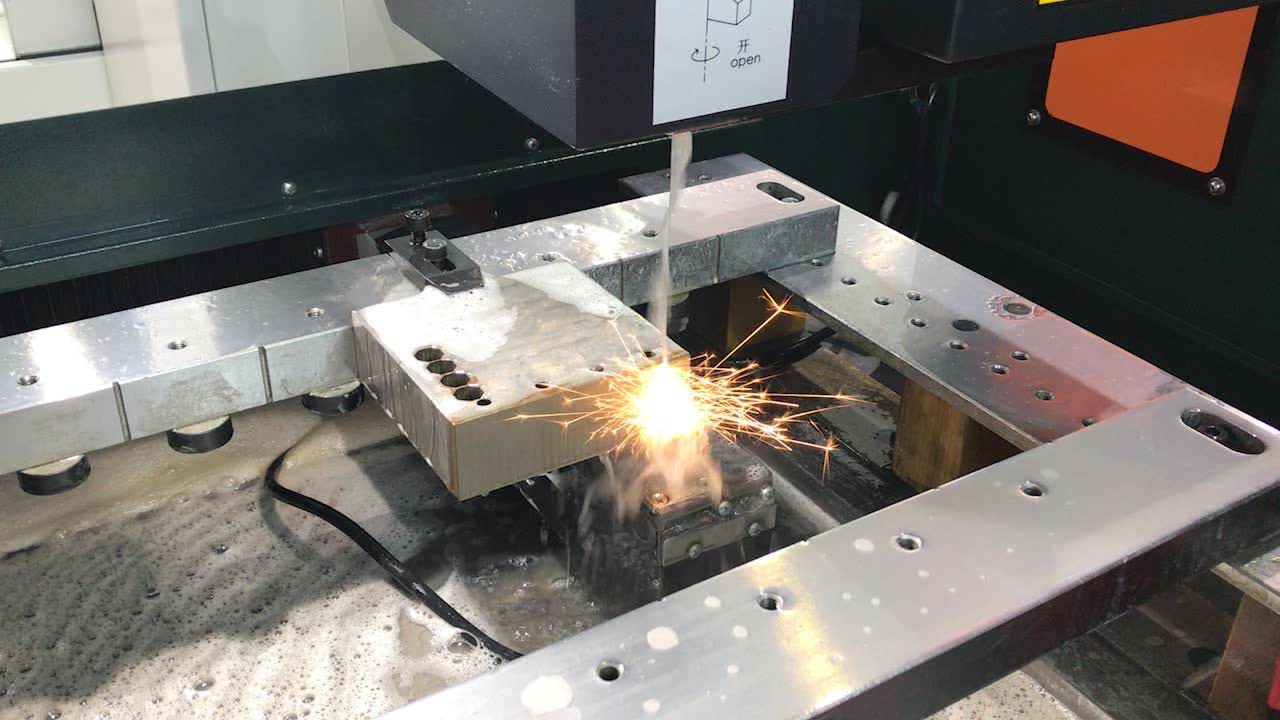
Electrodischarge machining uses arc discharge to cut and process conductive materials to obtain high-precision, complex-shaped parts such as molds and tools. It is often used in the manufacture of molds, plastic injection molds, aerospace engine parts, medical equipment and other fields. EDM is usually used to process hard, brittle or high-hardness materials that are difficult to cut with traditional mechanical processing methods, such as tool steel, cemented carbide, titanium alloy, etc.
Main features of EDM:
1. Non-contact cutting: Unlike traditional mechanical cutting, EDM is a non-contact processing method. There is no direct physical contact between the tool and the workpiece, but the material is stripped by arc discharge.
2. High precision: EDM can achieve high-precision processing, usually reaching sub-micron dimensional accuracy. This makes it suitable for manufacturing molds, models and other precision parts that require high precision.
3. Complex shapes: Since EDM is a non-contact processing method, it can be used to process very complex shapes, including internal contours, small holes, grooves, etc.
4. Applicable to high hardness materials: EDM is suitable for materials with higher hardness because it does not rely on the hardness of the tool in traditional cutting methods.
The above are 8 common machining processes, each of which has its specific application areas and advantages. Choosing the appropriate process depends on the material, shape, size and surface requirements of the part.
